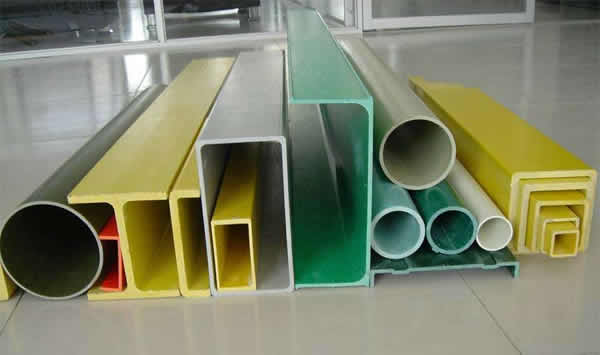Fibre-reinforced plastic
or FRP
products are becoming increasingly common across various industries.
Composed of a polymer matrix that has been strengthened with fibres, FRP
products are incredibly strong. The fibres are typically made of glass, basalt,
carbon and aramid. Occasionally other material such as wood, asbestos and paper
is also used.
Because of their many
qualities, FRP products India are used in a wide range of industries.
These include automotive, aerospace, construction, and marine. These products
have replaced the more traditional steel and aluminium. For most manufacturing
industries, FRP products have simply too many qualities to be ignored.
Lightweight: One of the
biggest advantage of FRP is its light weight. FRP has the lowest weight to
strength ratio among other similar manufacturing material. At the same strength
it weighs one seventh of steel and about half the weight of aluminium. The
lightweight matters when we are dealing with installations, such as overhead
tanks. It can be even more useful when we have mount the product on an existing
structure, as in the case of pipes or when it carries an otherwise heavy
material. FRP’s strength with weight ensures that the overall weight can be
kept at the minimum.
Resistance to corrosion:
Because of their composition, FRP products are naturally resistant to
corrosion. Most of their usage is seen in environment where other materials
often fall short. They are often used to carry highly corrosive industrial
chemicals and in extreme environmental conditions. These products can be submerged
or be exposed to fumes, spills and splashes without any effect. Their corrosion
resistant property is dependent on the resin content in the product and its
laminate. Higher the resin, the more resistance it displays.
Low installation cost:
The light weight of the FRP products India also makes it easy to
install, bringing down the costs. This makes a significant difference when the
product has to be mounted. The light weight means that one can use very basic
equipment and manpower to mount it. All associated costs like cutting, welding
and lifting are brought down.
Strength: Combined with
the light weight, FRP’s strength is a great advantage. It means that we can use
a material that is incredibly strong, yet light enough to be carried easily.
This is why FRP is even used in ballistic armour. In areas where strength beats
every other factor, FRP is used widely, such as in the automotive and aerospace
industry.
Economical: There are
other elements that show remarkable corrosion resistance as well as weighing
light. These include materials like Hastelloy,titanium, Carpenter 20
and Monel. But these are relatively much more expensive. FRP is usually
available at extremely economical prices, which is why it is seen in a much
wider range of industries when compared to other similar high-grade material.
FRP is also economical
in the long run. There are almost negligible maintenance costs because FRP does
not rust, erode or chip away. It strength means that it also stays for a long
time. Compared to other materials, there is rarely any need for regular
maintenance here.
Flexibility: FRP is also
very flexible. Combined with its strength, we have a material that can be
moulded into many shapes — from elbows for pipes to big structures like tanks.
It is also very economical to work with.
Ability to withstand
impact: The strong FRP has the ability to withstand considerable impact, making
it more than able to withstand heavy wear and tear. It is often deflected
during mounting and installing without losing its shape. This means one has
access to a material that can undergo rough and intense use without incurring
heavy repair costs.
Fire resistant:
Depending on the resin quantity and quality in its composition, the FRP will
also show high resistance to heat and fire. This makes it suitable for
automotive and aerospace usage. It will not melt, catch fire or get deformed.
Its ability to keep its composition and shape intact means that it can be used
extensively in area where we work with these two elements — fire and heat.
Conclusion
FRP products are fast
replacing a number of traditional materials in manufacturing. Its combination
of strength, lightweight, flexibility and resistance to heat and corrosive
materials means that it has a wide applicability. It also puts it far ahead of
the competition.

No comments:
Post a Comment